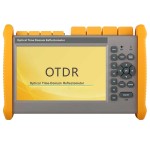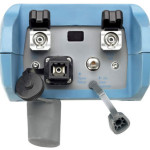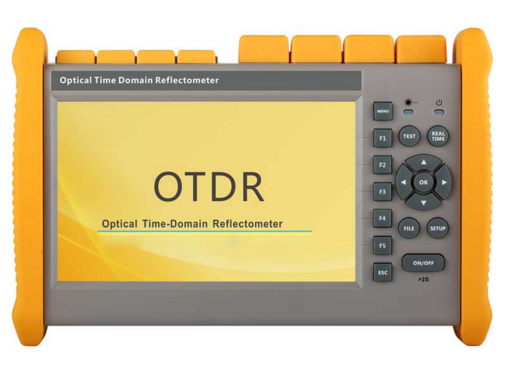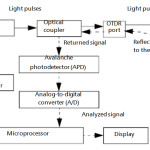Nowadays OTDR cost decrease significantly, however many people not familiar to choose the right OTDR, in the market, there are so many OTDR brands like EXFO, JDSU, Fluke, Anritsu, Tarluz, AFL etc. prices are also different, and many articles about how to selecting OTDRs, in this page, we make it simple, considering the following three factors. Choosing a Data center OTDR With the technological evolution occurring in data centers, test requirements dramatically changed for the fiber networks that connect mission-critical servers, networking and storage devices. Selecting the proper OTDR to test your network not only strengthens its reliability, but also improves how quickly and efficiently the job is done, as well as documenting the quality of work. Here are some recommended criteria to consider, aside from the basic OTDR testing capabilities.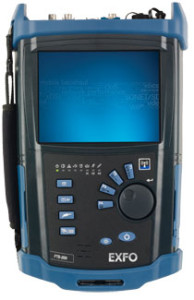
1. A simplified and task-focused user interface: Populating a data center with thousands of tested fibers is an enormously timeconsuming job. Maintaining fiber health is just as challenging and makes fast troubleshooting critical. Almost every OTDR on the market today is designed to cover carrier applications. As a result, many have very complicated user interfaces, which require the user to grapple with numerous buttons and controls and navigate cumbersome multi-level menus. While this is suitable for the fiber enthusiasts who test Telco fiber on a daily basis, it’s a different story for enterprise network technicians. An OTDR designed around the enterprise workflow, with an intuitive user interface, greatly improves operating efficiency. Simple-to-use test equipment shortens the learning curve, reduces testing time and ultimately saves money.
2. Precision fiber channel information: With the increasing use of short patch fibers and multi-fiber connectors, details on every link—loss, connector, and reflectance—are critical to ensuring performance. OTDRs with an attenuation dead zone of more than 3m are no longer applicable for testing datacenter fiber. Ultrashort dead zones are needed to find issues that jeopardize the link loss budget or cause serious signal degradation. In addition, fast problem resolution requires that faults and events be presented in a simple, graphical map so users at various skill levels can efficiently perform fiber troubleshooting and accelerate network recovery.
3. Effective planning and documentation: As datacenters grow and change, coordinating projects and ensuring that all fibers are installed with certified quality is challenging. There are a number of software applications available for project management, but until recently none have been integrated with an OTDR. Integrated project management capabilities with cable-by-cable granularity can save time and planning effort. Look for an OTDR with built-in project management capability that allows you to plan day-to-day activities without using a PC or laptop. You should be able to use a single tool to control, monitor, consolidate and document all test results.
